View our Disclaimer and Privacy statement

Helping to close the gap by providing the evidence base to inform practice and policy in Aboriginal and Torres Strait Islander health
The Australian Indigenous HealthInfoNet acknowledges the Traditional Owners of the lands and waters of Australia and the Torres Strait.
We respect all Aboriginal and Torres Strait Islander people—their customs and their beliefs. We also pay our respects to Elders past, present and emerging, with particular acknowledgement to the Whadjuk people of the Noongar nation, the Traditional Owners of the lands where our offices are located.
This product, excluding the Australian Indigenous HealthInfoNet logo, artwork, and any material owned by a third party or protected by a trademark,
has been released under a Creative Commons BY-NC-ND 3.0 (CC BY-NC-ND 3.0) licence.
Excluded material owned by third parties may include, for example, design and layout, images obtained under licence from third parties and signatures.
Acknowledgement
Aboriginal and Torres Strait Islander people should be aware that this website may contain images, voices and names of people who have passed away.
We respect your privacy. Your information is safe and will never be shared.

Don't miss out. Subscribe today.
×
×


